Choosing the right soil for foliage plants can make the difference between a lush, vibrant indoor garden and one that struggles to survive. While sunlight, watering, and temperature often get the most attention, soil is the true foundation of healthy foliage. It determines how well roots breathe, absorb nutrients, and grow. For plant lovers—especially those growing ornamental foliage like Calatheas, Monsteras, or Pothos—understanding soil composition and how to select or create the perfect mix is essential.
In this article, we’ll explore how to choose the right soil for foliage plants, what ingredients to look for, how to customize mixes, and expert tips to help your plants thrive for years.
1. Why Soil Choice Matters for Foliage Plants
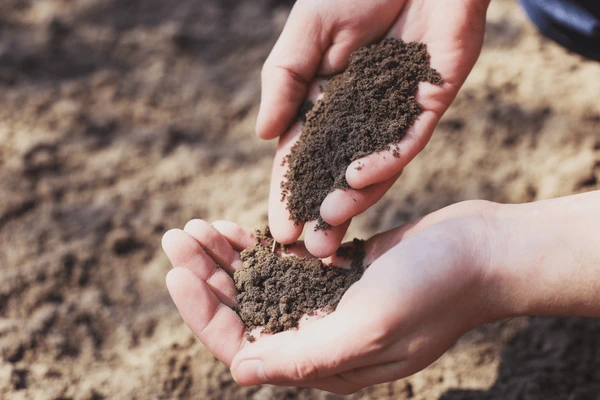
Foliage plants, unlike succulents or flowering varieties, have unique needs. Their primary energy investment goes into leaf growth rather than blooms. This means they rely heavily on consistent nutrients, moisture retention, and aeration in their root zone.
The right soil should:
- Retain enough water to keep roots moist.
- Drain excess water quickly to prevent rot.
- Allow oxygen to reach roots easily.
- Provide essential nutrients and organic matter.
Using garden soil or clay-based dirt indoors can suffocate roots and lead to compacted, soggy conditions. Instead, lightweight, airy potting mixes are best for foliage plants.
2. Understanding the Components of Good Soil
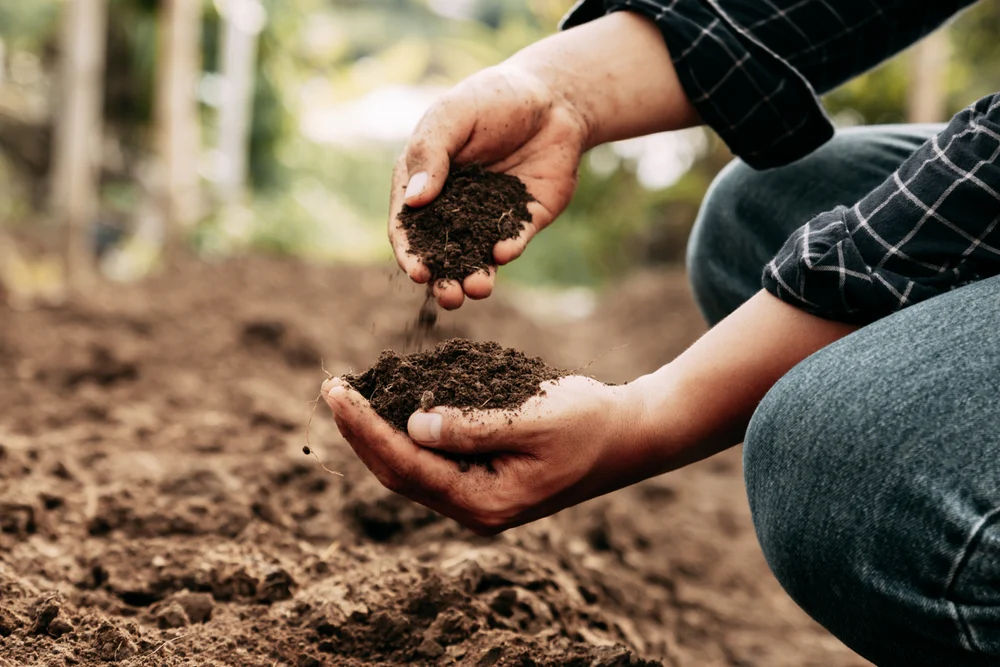
To create or choose the right mix, you need to understand the role of each key ingredient. Here’s a breakdown of the most common soil components for foliage plants:
a. Peat Moss or Coco Coir
These are the main moisture-retaining components.
- Peat moss is light, spongy, and excellent at holding water while still allowing airflow.
- Coco coir (made from coconut husks) is a sustainable alternative that retains moisture without becoming compacted.
Best for: Most tropical foliage plants like Philodendrons, Aglaonemas, and Peace Lilies.
b. Perlite
Perlite is a white, porous volcanic glass that boosts aeration and drainage. It prevents the soil from becoming too dense, ensuring roots can breathe.
Best for: Plants sensitive to waterlogging, such as Dracaenas and Calatheas.
c. Vermiculite
Vermiculite holds more moisture than perlite and releases it slowly, making it useful for plants that prefer evenly moist soil.
Best for: Ferns, Fittonias, and other humidity-loving foliage plants.
d. Compost or Organic Matter
Compost enriches soil with nutrients and beneficial microbes, promoting steady leaf growth. It also improves water retention and soil texture.
Best for: All foliage plants; use in moderation to avoid soggy soil.
e. Bark Chips or Pine Bark
These help create an airy structure and mimic the natural environment of many tropical plants that grow on trees (epiphytes).
Best for: Monsteras, Anthuriums, and Philodendrons.
f. Sand or Grit
Adding coarse sand improves drainage and structure. Avoid fine sand, which can compact easily.
Best for: Plants prone to root rot or those that prefer drier conditions like ZZ plants.
3. The Ideal Soil Texture for Foliage Plants
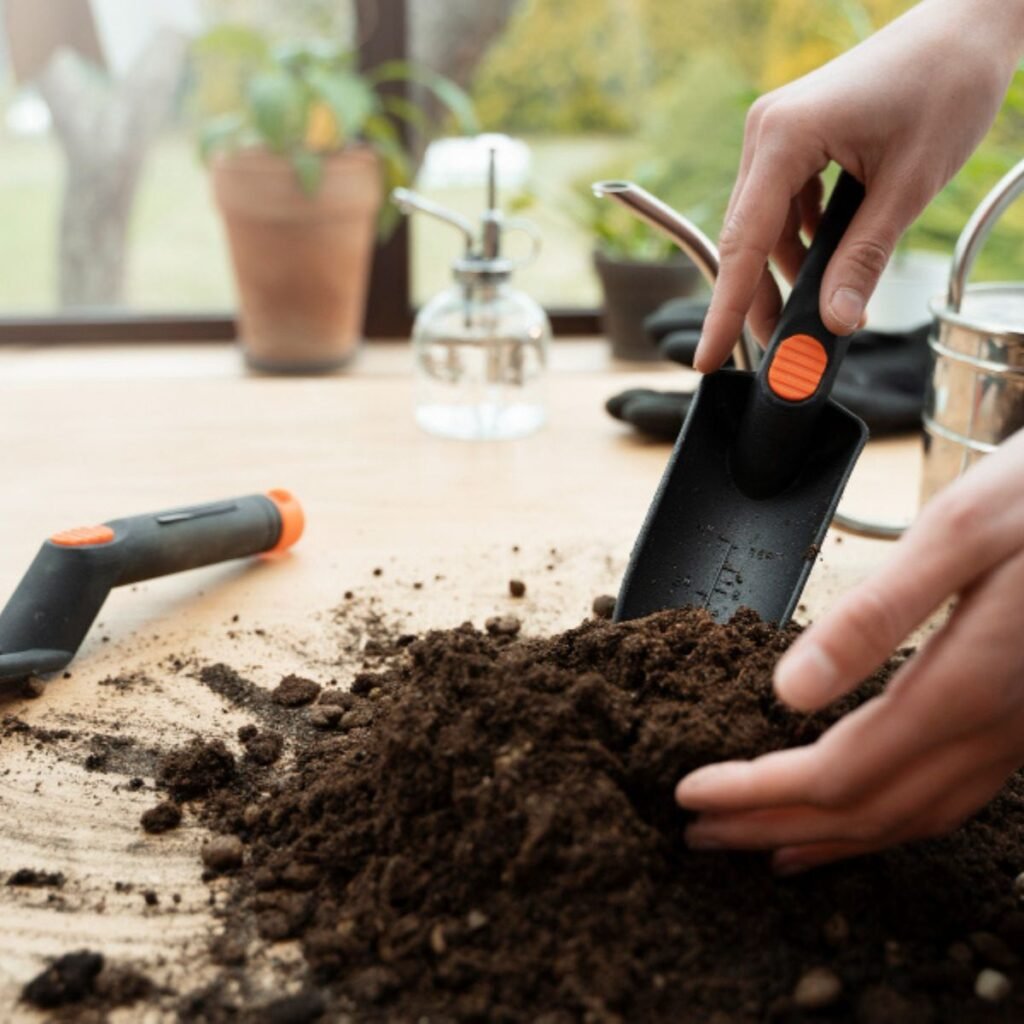
Foliage plants prefer loose, well-draining, and slightly acidic to neutral soil (pH 5.5–7.0). The soil should feel crumbly yet moist, never heavy or muddy.
You can test your soil’s texture easily:
- Squeeze a handful: It should hold shape slightly but crumble easily when poked.
- Water test: When watered, the mix should absorb moisture evenly without pooling on top.
If your soil stays soggy or compacts quickly, it’s too dense. Adding perlite, coco coir, or bark chips can fix the issue.
4. Pre-Made Potting Mixes vs. DIY Soil Mixes
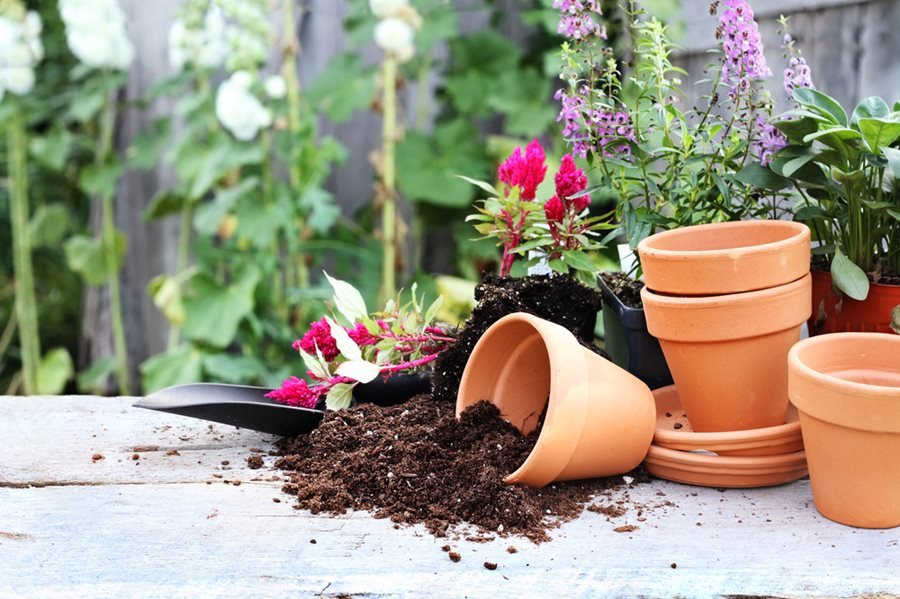
You can either buy a ready-made potting mix or create your own custom blend. Let’s compare both:
Pre-Made Potting Mixes
Commercial potting mixes labeled for houseplants or tropical plants are convenient. They usually contain peat moss, perlite, and compost in balanced proportions.
Pros:
- Easy to use and consistent quality.
- Sterilized and pest-free.
Cons: - May not suit all plant types perfectly.
- Some contain added fertilizers or chemicals that sensitive plants dislike.
Good options: Mixes for “indoor tropicals” or “foliage houseplants.”
DIY Custom Soil Mix
If you want complete control, making your own soil mix is rewarding and often better for plant health.
Basic Foliage Plant Soil Recipe:
- 2 parts peat moss or coco coir
- 1 part perlite or vermiculite
- 1 part compost or well-rotted leaf mold
- Optional: ½ part bark chips for added aeration
This mix balances drainage, moisture retention, and nutrients—ideal for most indoor foliage plants.
5. Matching Soil Type to Plant Species
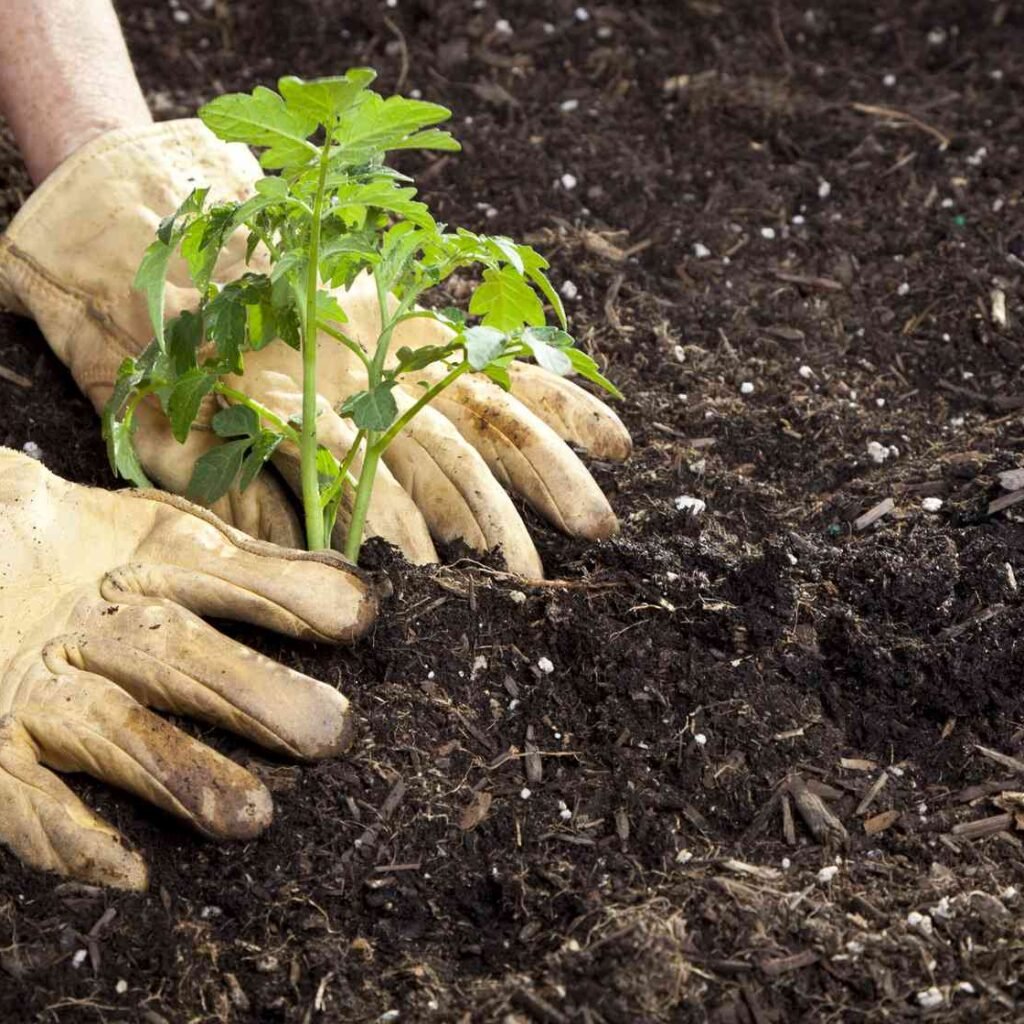
Different foliage plants have slightly different needs. Here’s a quick guide to help you choose the best mix:
| Plant Type | Ideal Soil Mix | Key Features |
|---|---|---|
| Philodendron & Monstera | Peat + Bark + Perlite | Airy, chunky, moisture-retaining |
| Pothos & Syngonium | Peat + Perlite + Compost | Light, fast-draining |
| Calathea & Maranta | Coco coir + Vermiculite + Compost | Moist, rich, and soft |
| Ferns | Coco coir + Leaf mold + Perlite | Moist but well-aerated |
| Dracaena & Snake Plant | Peat + Sand + Perlite | Well-drained, less water-holding |
| Peace Lily | Peat + Vermiculite + Compost | Moist and nutrient-rich |
By understanding each plant’s natural environment, you can mimic those conditions through your soil mix.
6. Soil pH and Nutrient Balance
Soil pH affects how well foliage plants absorb nutrients. Most indoor plants prefer slightly acidic soil (pH 6.0–6.5).
- If the soil is too acidic, nutrients like calcium and magnesium become less available.
- If it’s too alkaline, iron and manganese lock out, leading to yellow leaves.
You can test pH using a simple soil test kit. Adjust if needed:
- To raise pH (make it more alkaline): Add a little garden lime.
- To lower pH (make it more acidic): Mix in peat moss or sulfur.
Also, remember that nutrients in potting mixes deplete over time. Replenish them by using organic liquid fertilizers or slow-release granules every few months.
7. Common Soil Problems and How to Fix Them
Even the best soil can face issues. Here’s how to identify and correct them:
a. Soil Compaction
Over time, repeated watering compresses soil, reducing airflow.
Fix: Loosen the top layer gently with a fork and add perlite or bark chips.
b. Poor Drainage
If water pools on the surface, roots may rot.
Fix: Ensure the pot has drainage holes and mix in more perlite or coarse sand.
c. Mold Growth
White fuzzy mold indicates excessive moisture or poor airflow.
Fix: Let the topsoil dry before watering again and improve ventilation.
d. Nutrient Deficiency
Pale leaves or stunted growth often signal depleted nutrients.
Fix: Refresh the soil every year or add organic compost and fertilizer.
8. When and How to Refresh the Soil
Foliage plants should have their soil refreshed every 12–18 months. Over time, salts and residues build up, and the mix loses structure.
To repot:
- Gently remove the plant and shake off old soil.
- Trim any damaged or rotting roots.
- Refill with fresh mix suited to the plant type.
- Water thoroughly and let excess drain.
This rejuvenates the plant and promotes stronger root growth.
9. Expert Tips for Long-Term Soil Health
- Use clean tools and pots to prevent fungal contamination.
- Avoid garden soil indoors—it’s heavy and often contains pests.
- Add a top layer of mulch or moss to retain humidity for tropical plants.
- Check moisture regularly—use your finger or a moisture meter to prevent overwatering.
- Rotate and aerate soil occasionally to keep it loose and breathable.
Conclusion
Choosing the right soil for foliage plants is both science and art. The perfect soil mix balances air, moisture, and nutrients—creating the ideal environment for roots to thrive and leaves to flourish. Whether you buy a quality mix or craft your own, remember that soil is the lifeline of your indoor jungle.
By paying attention to the specific needs of your foliage species, testing pH, and refreshing soil regularly, you can ensure your plants stay healthy, glossy, and vibrant year-round. In short, great soil means great foliage—and that’s the secret behind every thriving indoor garden.
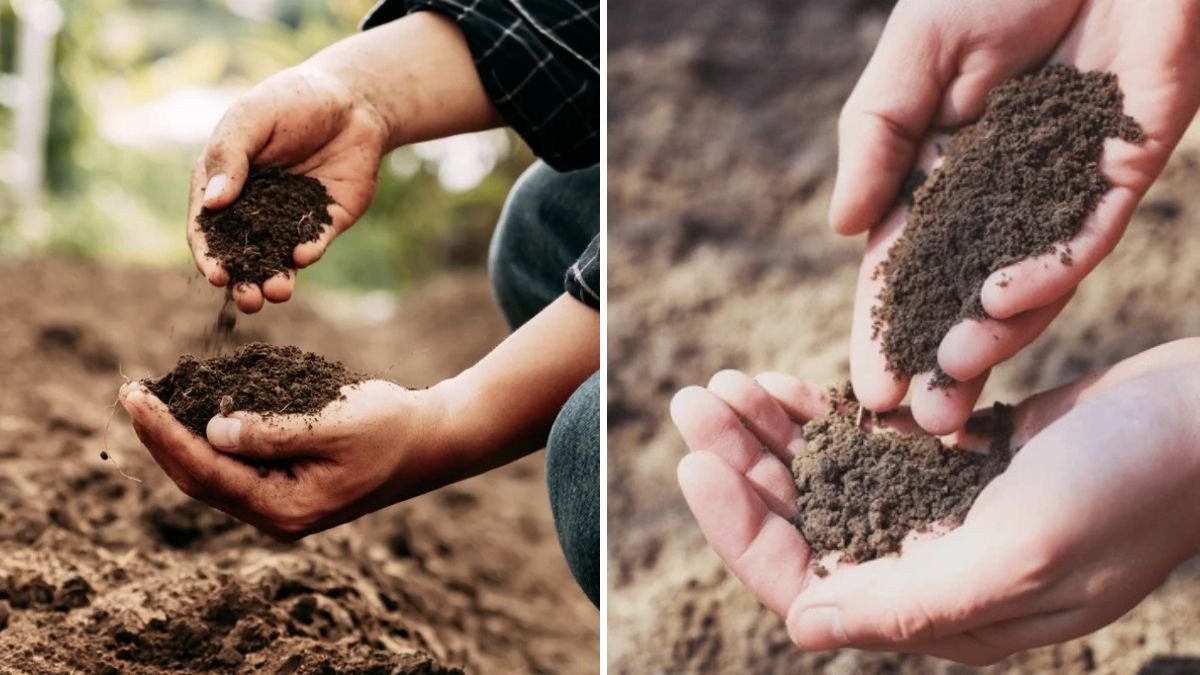




Leave A Comment